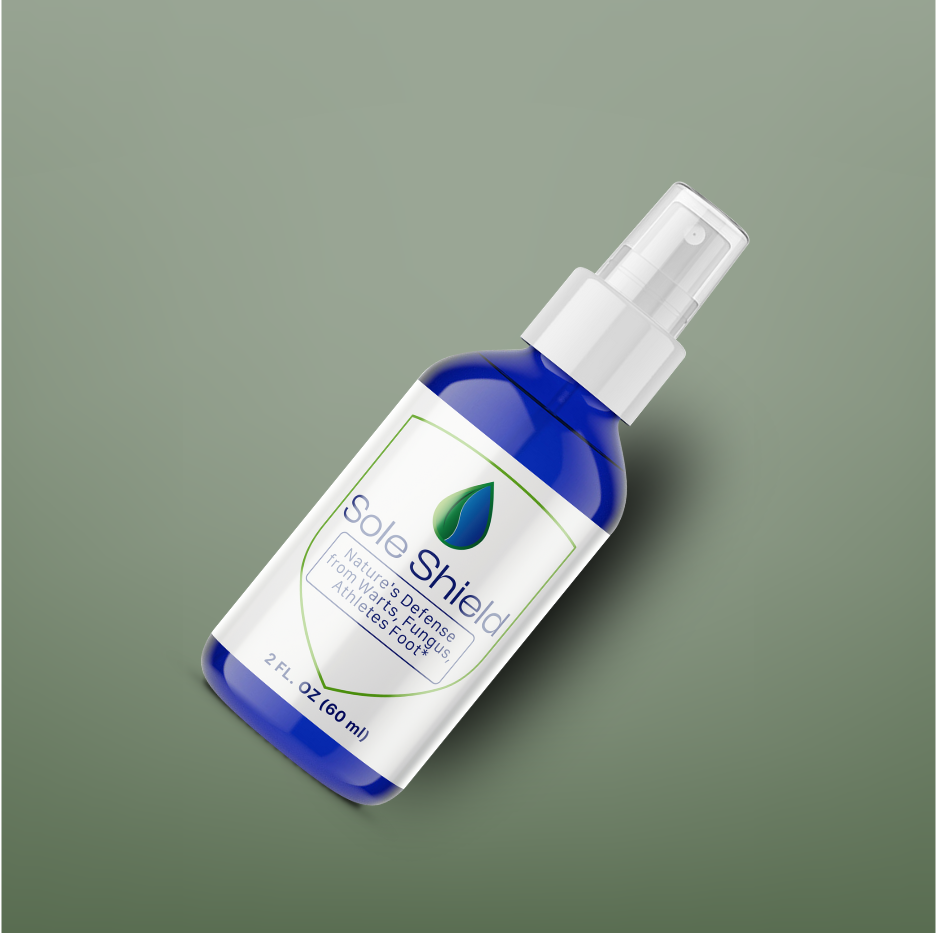A typical fungal infection on the toes is referred to as toenail fungus, which causes them to become discolored, thickened, and brittle.
This disease can be very embarrassing and uncomfortable for numerous individuals who are suffering from it; however, it is important to know that there are varieties of these fungi that may need different methods of treatment.
The objective of this article is to overview various types of fungal nail infections, their causes, signs, and symptoms along with available treatments.
Types of Toenail Fungus
There are four main types of toenail fungus:
- Distal Subungual Onychomycosis (DSO)
- White Superficial Onychomycosis (WSO)
- Proximal Subungual Onychomycosis (PSO)
- Candidal Onychomycosis
Distal Subungual Onychomycosis (DSO)

Toenail fungus is a common condition that affects eight out of ten people. It is caused when fungi from the dermatophyte group invade the nail bed, growing under the nails and making them discolored, thickened, and fragile. One or more nails can be affected by DSO, which normally begins at the toe-tip before spreading onto other parts of the nail.
White Superficial Onychomycosis (WSO)

One type of onychomycosis is caused by a fungus known as Trichophyton mentagrophytes and it is characterized by white, powdery patches on the nail surface. It usually affects the superficial aspect of the nail and can be easily scraped away. Though not a very common fungal infection in comparison to DSO, WSO also leads to discoloration as well as thickening of the nail.
Proximal Subungual Onychomycosis (PSO)

Trichophyton rubrum is the fungus behind PSO, which typically afflicts individuals with weakened immune systems, or who have experienced bacterial infection in their nails or nail plates. A fungal nail infection of this sort begins at the nail’s base and may involve the entire nail when it remains untreated.
Candidal Onychomycosis

A yeast infection is the cause of candidal onychomycosis, which is less dangerous than other forms of nail fungi. This condition mainly affects individuals with weakened immune systems or those who regularly have their feet exposed to warm and moist environments such as swimming pools or gymnasiums. In this case, toenail fungus can make infected nails thicker and they will become discolored or separated from the nail bed.
Causes of Toenail Fungus
Toenail fungus is caused by a variety of fungi such as dermatophytes, yeast infections, and molds. Such fungi flourish in moist hot areas like public swimming pools, communal showers, and gyms.
In addition, they can be transferred between people through touch or the use of personal items like nail clippers and towels.
Some characteristics that may make an individual more likely to get toenail fungus:
- Growing old
- Wearing tight shoes or socks
- Having a weak immune system
- Nail injuries or trauma
- Lack of cleanliness
Symptoms of Toenail Fungus
Different types of fungus and the severity of the infection will determine symptoms of toenail fungus. However, some common signs are:
- Yellowing, browning, or whitening of the nail
- Increasing the thickness of the nail
- The nails can break easily, falling apart, and becoming distorted.
- Nails that are foul-smelling due to fungal infection
- A gap between the nail and its bed
Toenail fungus can also be a source of pain during walking or when wearing shoes in severe cases.
Treatment Options for Toenail Fungus
Treatment for this fungal infection on the toes can change depending on the kind of disease and how severe it is. It may be addressed as follows:
Topical Treatments: These are antifungal creams, lotions, or ointments applied directly to affected areas.
Oral Antifungal Medication: In severe cases, a doctor may prescribe oral antifungal medications that deal with the infection from within.
Laser Treatment: This uses laser beams directed at the toenail fungi to destroy it without injuring surrounding tissues.
Surgical Removal: Sometimes, if other treatments have not worked, an infected toenail must be removed using an operation.
EZ Clear Nails: The 100% Pure Iodine Soak by EZ Clear Nails provides an effective solution that is natural and helps treat toenail fungus quickly.

- Prepare the Toe Pan: Begin by placing your toes inside the provided Toe Pan thus making sure that they all are immersed in the treatment solution.
- Pour the Liquid: Pour 100% Pure Iodine Soak into the Toe Pan up to where your toenails are entirely submerged in it because this lets iodine go deeply through those diseased nails and skin around them.
- Soak Your Toes: For best results, soak your toes in the iodine solution for 15 minutes, three times a week. This routine will ensure that the iodine works well against fungal infections and helps you have stronger nails.
- Allow to Air Dry: Finally, after soaking, ensure that your toes completely dry out by air. It is important to prevent moisture accumulation at this stage which could aggravate further growth of fungus.
Fungal Infection Prevention Tips

It is significant to keep your feet clean and dry, more so in public areas, to prevent toenail fungus. Whenever using public facilities such as swimming pools or locker rooms, always wear shoes or slippers.
Whether it’s nail clippers or towels, avoid sharing personal things with others and don't use too much nail polish on nails either. In case you are susceptible to contracting fungal infections, think of using antifungal sprays or powders on your feet and inside your shoes.
Maintaining proper foot hygiene is also important in preventing fungal infections. Trim your nails regularly and make sure any grooming tools used are disinfected. Keep the length of your nails short and do not wear shower shoes that can trap moisture thus allowing fungi to propagate.
Lastly, increasing one's immune levels would be a good idea by eating well, having enough sleep and exercise as well and avoiding habits like smoking which may impair the body’s resistance to diseases caused by germs.
Conclusion
Toenail fungus is a common condition caused by various fungi. Its treatment will depend on the kind and intensity of one’s infection; alternatively, it can be prevented. Avoiding this risk can thus be achieved through taking some precautions as prevention is better than cure.
For instance if any signs or symptoms or changes occur in your toenails, you should see a doctor for diagnosis and further treatment.
The importance of understanding the different types of toenail fungus, their causes, symptoms, and available treatment alternatives cannot be overstated when dealing with this ailment.
With proper care and attention, fungal infections can be kept from affecting your toenails. Therefore there is no need to think twice about going for medical advice once a toenail fungus infection is suspected at all cost.
Your feet will appreciate it!
Frequently Asked Questions (FAQs)
Can toenail fungus be cured?
Yes, toenail fungus can be cured with proper treatment and medication.
Are there any natural remedies for toenail fungus?
Yes, some natural remedies such as tea tree oil, apple cider vinegar, and garlic have been known to help treat nail fungus. However, it is important to consult a doctor for the best course of treatment.
What are the best ways to prevent toenail fungus?
To prevent toenail fungus, keep your feet clean and dry in public areas, avoid sharing personal items with others, maintain good foot hygiene, and boost your immune system through healthy habits.




